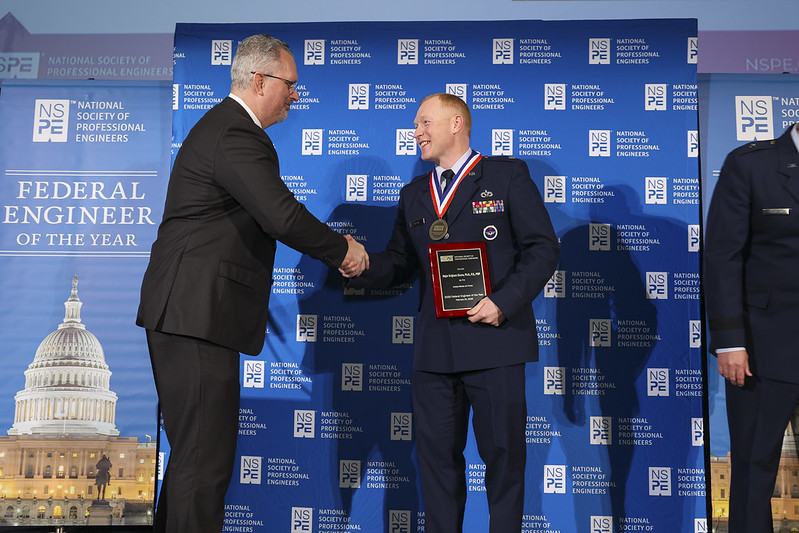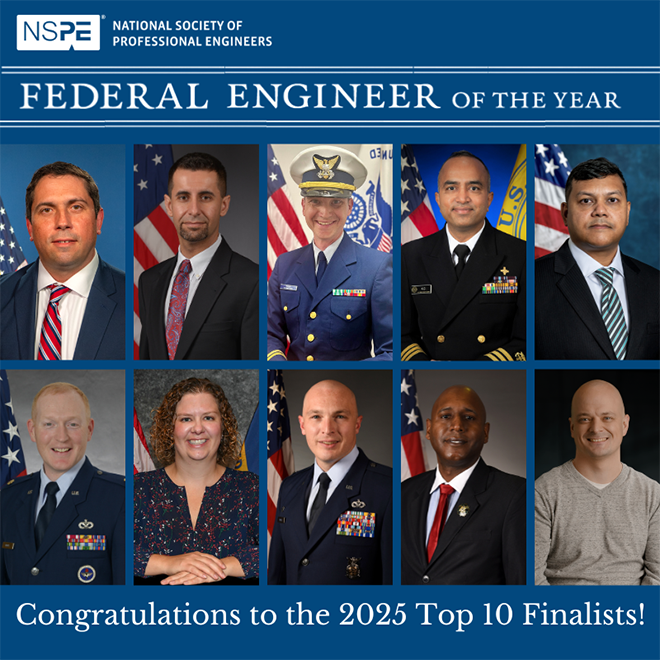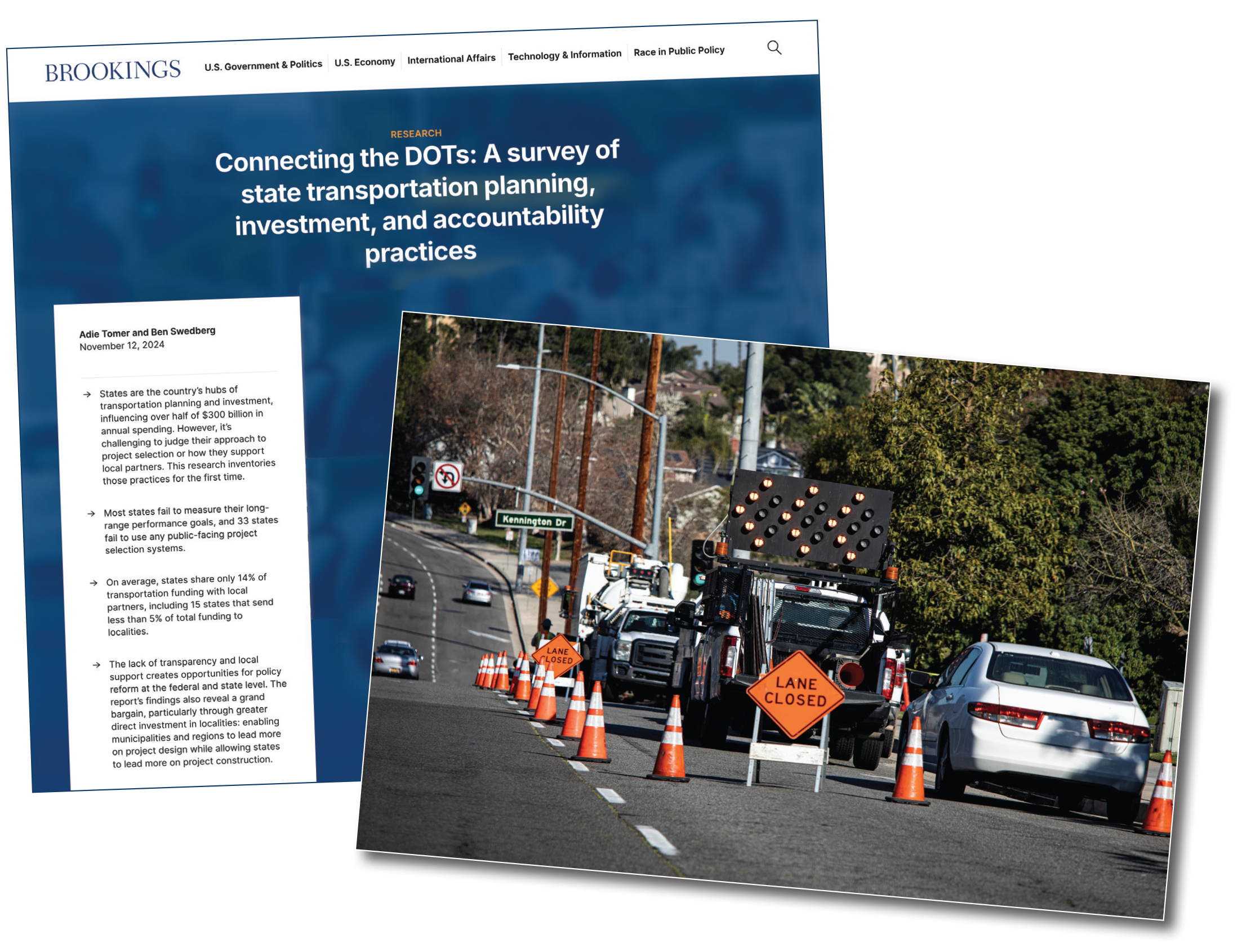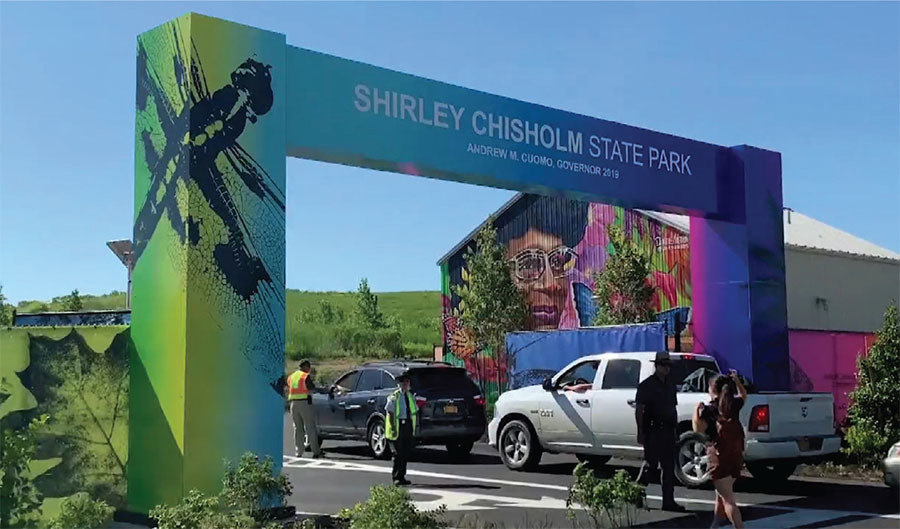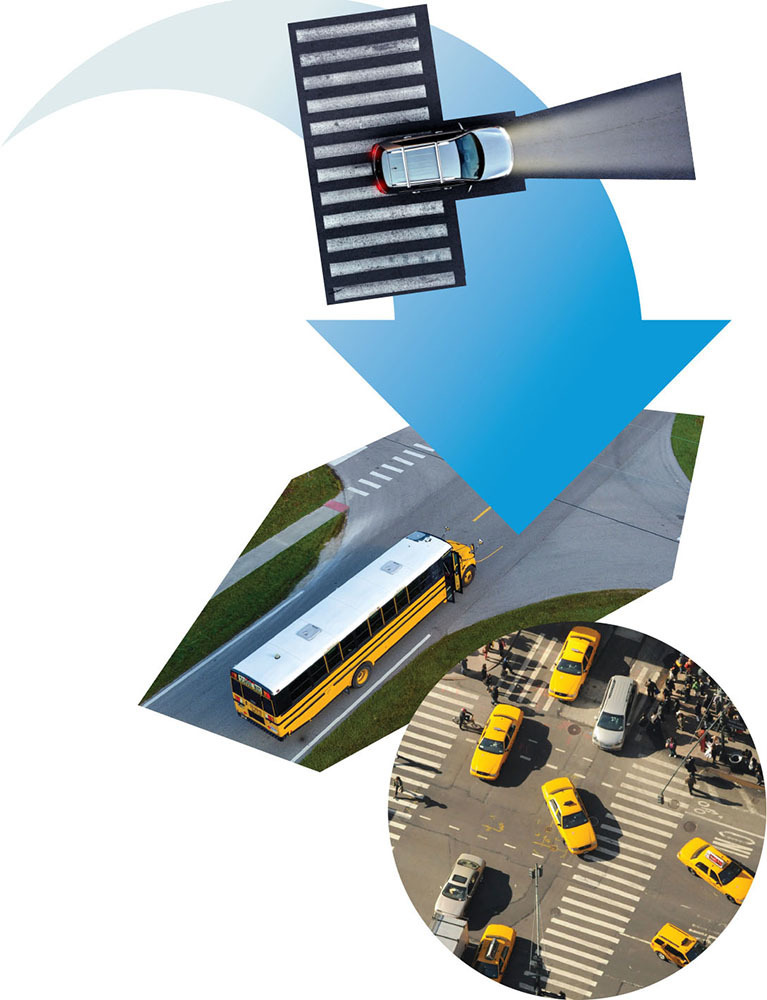January/February 2017
Communities: Government
In Wichita, an Innovative Approach to Construction Runoff

When rain falls at construction sites, problems can arise. If soil is displaced, sedimentation can end up in runoff, and thus water sources. Effects could include clouded water, reduced sunlight for plants, clogged fish gills, and smothered aquatic habitats, as an Environmental Protection Agency guide explains.
Regulations have been put into place to address this issue, for instance, provisions in the Clean Water Act and within states. But in Wichita, Kansas, a new program enacted by the city council takes a different approach. It is believed to be the first of its kind in the nation—and among its designers are four NSPE members.
In Wichita, the Arkansas River—ranked as the largest in the country based on drainage area, length, and discharge volume—is strongly affected by stormwater runoff during heavy rains. As with other water sources, sediment entering the river can decrease water quality.
 About six years ago, the Kansas Department of Health and Environment enacted a new requirement that development sites one acre or larger provide a permanent, physical solution, such as a pond that can hold runoff for a few hours and let the silt partially settle out, or ways to mechanically filter water before it exits the site. However, upfront and ongoing maintenance costs for these “best management practices” (BMPs) can add up. In addition, this spot-by-spot treatment is not as effective as a larger-scale approach, says Wichita Stormwater Advisory Board Chair Chris Bohm, P.E.
About six years ago, the Kansas Department of Health and Environment enacted a new requirement that development sites one acre or larger provide a permanent, physical solution, such as a pond that can hold runoff for a few hours and let the silt partially settle out, or ways to mechanically filter water before it exits the site. However, upfront and ongoing maintenance costs for these “best management practices” (BMPs) can add up. In addition, this spot-by-spot treatment is not as effective as a larger-scale approach, says Wichita Stormwater Advisory Board Chair Chris Bohm, P.E.
As the NSPE member and past president of the Kansas Society of Professional Engineers explains, a solution grew out of the board’s examination of whether it could better address silt removal requirements for new development and redevelopment projects.
The new, voluntary, program allows developers to instead pay into the Kansas Watershed Restoration and Protection Strategy (WRAPS), which assists agricultural producers upstream of Wichita with funding and education on reducing sedimentation—using practices such as no-till cropping and streambank stabilization. Agricultural runoff is one of the two biggest issues for water in the state, according to the Kansas Department of Health and Environment.
A development site can participate for $19 per acre per year. Analysis by Kansas State University found that annual costs for developers would drop from $1,100 for the existing onsite approach to $140 using the new program, while at the same time, overall sediment reduction would double or even triple.
As Bohm explains, “We realized if we can do something offsite or in the upstream agricultural basin, we could have more bang for the buck on water quality and reducing some of the capital costs associated with development.”
Developers can still follow the traditional plan. But those who do participate in the offsite BMP program, Bohm notes, “get a little more use of their ground at more economic costs.”
There were “hearty debates” about how to fund the program, according to Bohm (would it be paid for by developers, or by the city?). In the end, it’s a developer-driven program with the city putting in $60,000 for start-up funds.
As of early December 2016, 70 acres of new development had enrolled in the program. The board believes that it could become a model for other communities around the country that want to better address water quality, although this will depend on individual factors. Bohm’s advice for others: Reach out to all the different players for discussion.
For this effort, the Kansas Department of Health and Environment, the Wichita Stormwater Advisory Board, the City of Wichita, Kansas WRAPS, and Kansas State University were all collaborators.
At the June 2016 City Council meeting approving the program, a council member described the plan as a great economic driver that would spur development. Wichita Mayor Jeff Longwell noted the collaboration of the business community, state government, local government, and realtors, calling it “a special day.”
NSPE Members on the Wichita Stormwater Advisory Board
-
Chris Bohm, P.E. (Chair). Principal, Ruggles & Bohm
Appointed by Wichita Area Builders Association -
Greg Allison, P.E., Vice president, MKEC Engineering Consultants Inc.
Appointed by city manager -
Don Kirkland, P.E., Retired
Appointed by Wichita chapter of the Kansas Society of Professional Engineers -
Jim Weber, P.E., Deputy Director of Public Works, Sedgwick County Public Works
Appointed by Sedgwick County Public Works


 Volunteering at NSPE is a great opportunity to grow your professional network and connect with other leaders in the field.
Volunteering at NSPE is a great opportunity to grow your professional network and connect with other leaders in the field. The National Society of Professional Engineers (NSPE) encourages you to explore the resources to cast your vote on election day:
The National Society of Professional Engineers (NSPE) encourages you to explore the resources to cast your vote on election day: